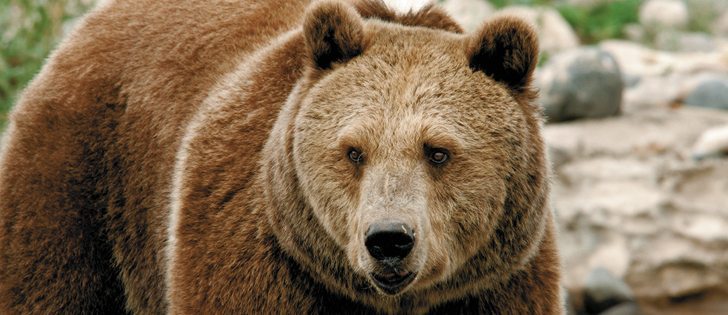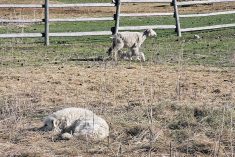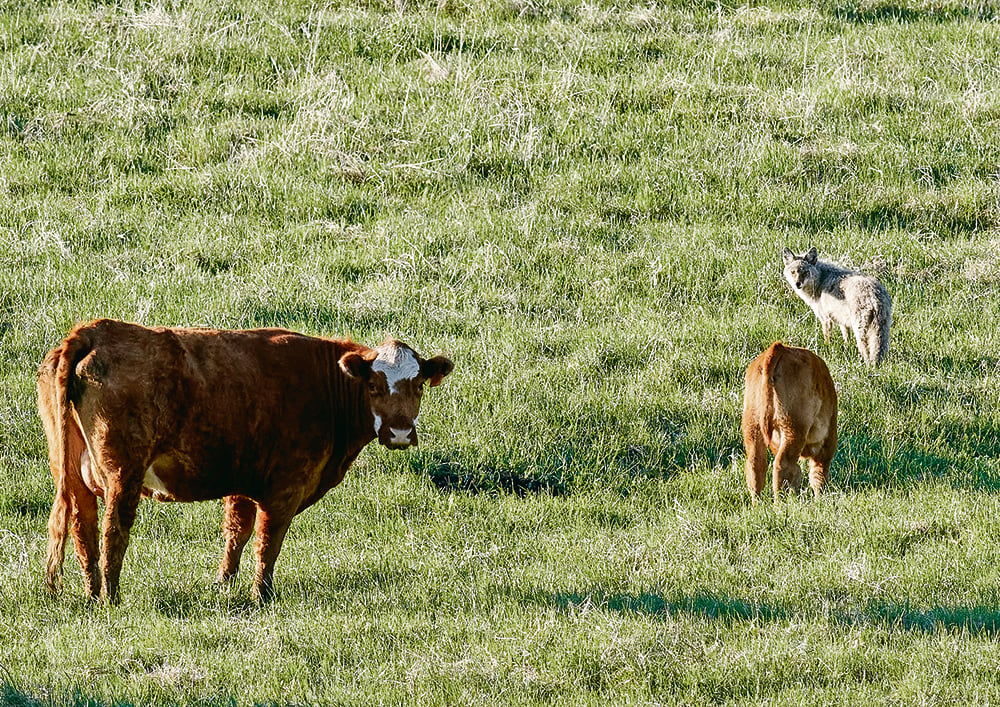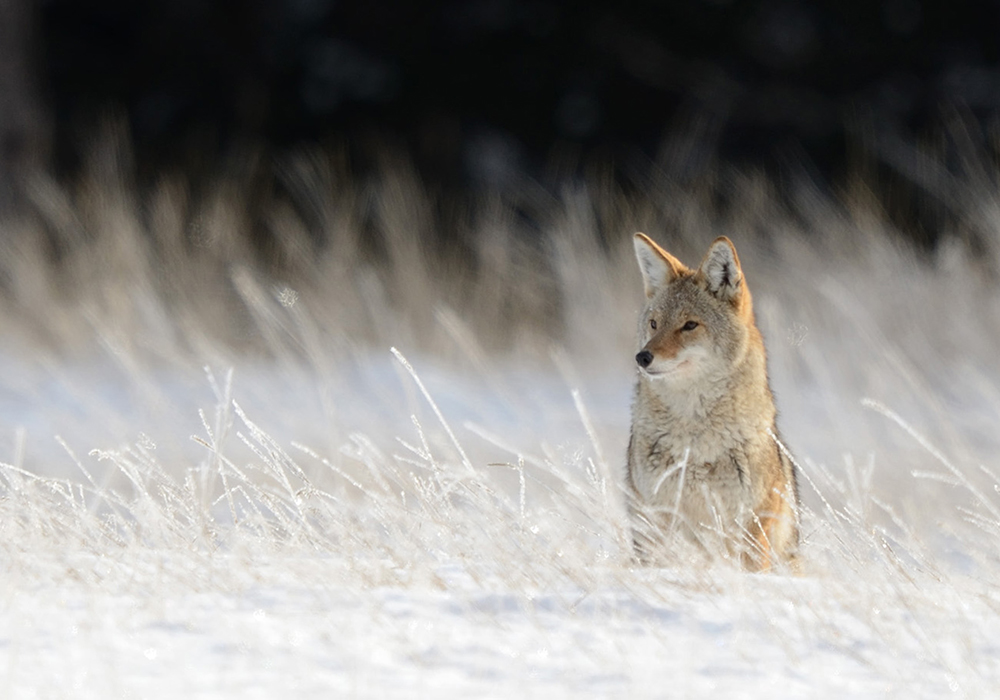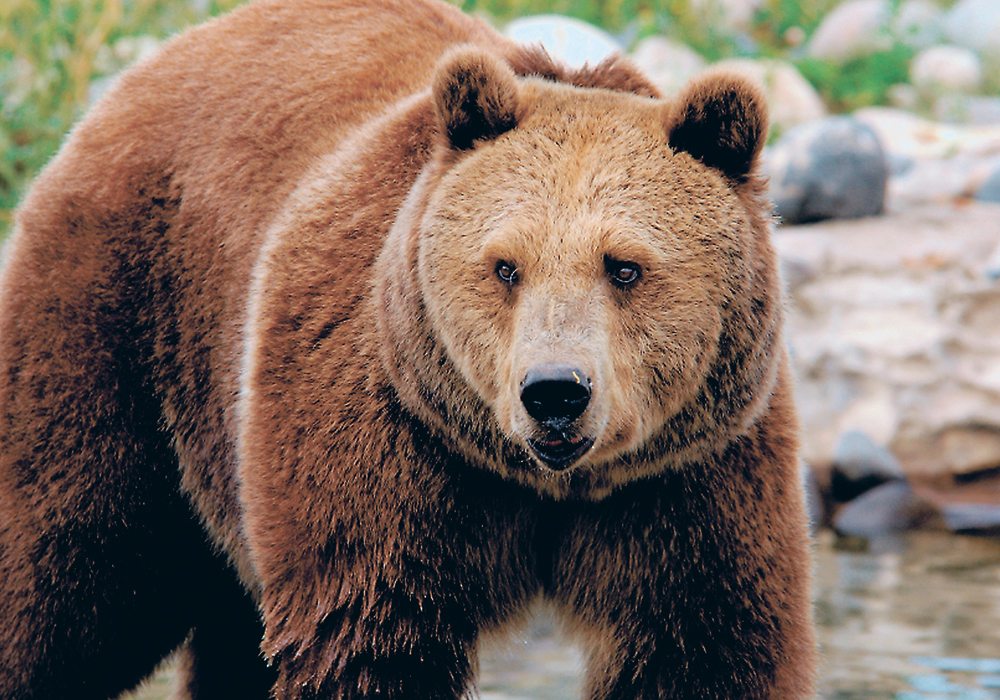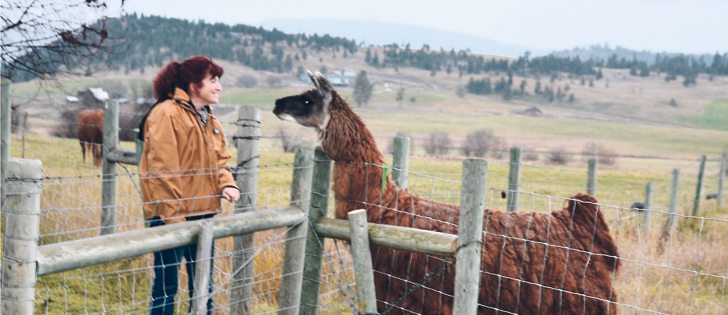Jennifer Jenkins has had her calving season turned upside down — by a grizzly bear.
The big carnivore killed two calves in a 10-day period recently and maimed another that may not survive.
Because it appeared the bear intended to stick around for future meals, Jenkins moved every cow on her Alberta ranch near Waterton Lakes National Park in hopes of keeping the herd safe.
“We kind of had the feeling that he was hunting them,” Jenkins said.
Moving the herd to pastures she wouldn’t normally graze at this time of year seemed one of the only things left to do.
Read Also

Farming Smarter receives financial boost from Alberta government for potato research
Farming Smarter near Lethbridge got a boost to its research equipment, thanks to the Alberta government’s increase in funding for research associations.
“Otherwise, you just feel like you’re leaving them there for lunch.”
Other ranchers in the region south of Highway 3 from Pincher Creek to Cardston and westward have also reported predation losses this spring.
Most of them have taken measures to protect their livestock and stored feed from bears, with some success, but it comes at a cost in both money and peace of mind.
Jenkins and fellow ranchers Jeff Bectell, Shane Hansen and Tony Bruder are featured in a film that premiered May 8 called Sharing the Range. It discusses the challenges they and others face while living with grizzly bears and wolves.
“In telling that story, I guess what we hope is that it does raise the profile of what we’re doing, that it will increase support,” said Bectell, an area rancher and member of the Waterton Biosphere Reserve Association, which commissioned the film.
“(We hope) that people that know a little bit about this stuff, having watched it will be even more supportive and that people that really have not very much knowledge about it now will understand the situation.”
Grizzly bears are designated as threatened under Alberta’s wildlife act and are thus legally protected.
Recent research to determine the grizzly population indicates at least 177 bears in the region between 2011 and 2013, up substantially from previous estimates of 51.
Results from last year have yet to be confirmed by researcher Andrea Morehouse, who captured grizzly DNA by testing hair they left in scratching areas.
“Everything that she has found has indicated that the populations of grizzly bears are stronger than what was estimated back when they were listed as a threatened species,” Bectell said.
It may be true that grizzly populations are low in other parts of the province, but that doesn’t seem to be the case in southwestern Alberta.
Ranchers have noticed an increase in sightings and conflicts as a result.
“There’s quite a lot of large carnivores in this area, and the producers who live here are trying to run businesses and make a profit, and they’re trying to do it in a sustainable way,” said Bectell.
He hopes the film will show people the challenges involved and the ways ranchers have tried to mitigate damage by building electric fences, installing bear-proof grain bins and bin doors and participating in special dead stock disposal efforts.
Ideally, one of the outcomes would be increased compensation for livestock predation, which the Alberta Conservation Association has been requesting for years.
Bectell said the issue of carnivores and communities is often portrayed as a matter of hunting versus non-hunting.
“It’s so much more than that. It’s not about whether we hunt grizzly bears or don’t. It’s about how do we manage grizzly bears in a place where there’s a lot of bears and a lot of people.”
Jenkins agreed. She said most if not all ranchers in the area enjoy seeing grizzly bears and other wildlife and accept them as part of their environment.
However, most people don’t understand the challenges their stewardship presents.
“Some of that is to be expected because of where we live. We’ve all made that decision. But it’s getting hard to manage.”
Jenkins said there is an emotional aspect to the matter for ranchers that is often unexpressed.
“It’s a terrible feeling when you feel powerless to protect your home and to protect your livestock. We have a moral obligation to these animals, too,” she said. “It’s not a pretty thing when you see a kill.”
The film can be seen at www.sharingtherange.com.
Contact barb.glen@producer.com




